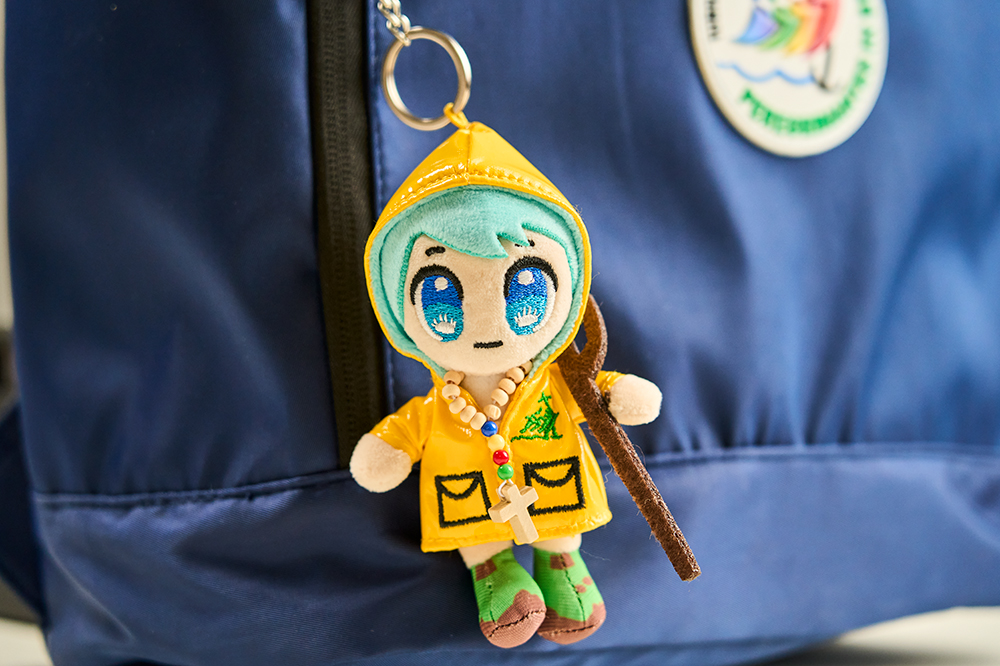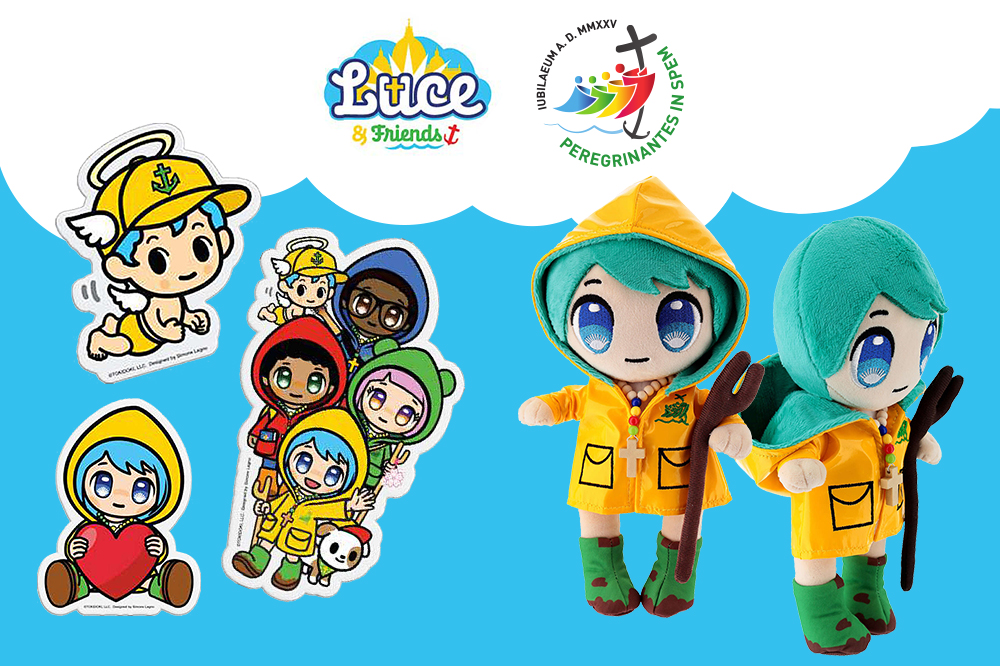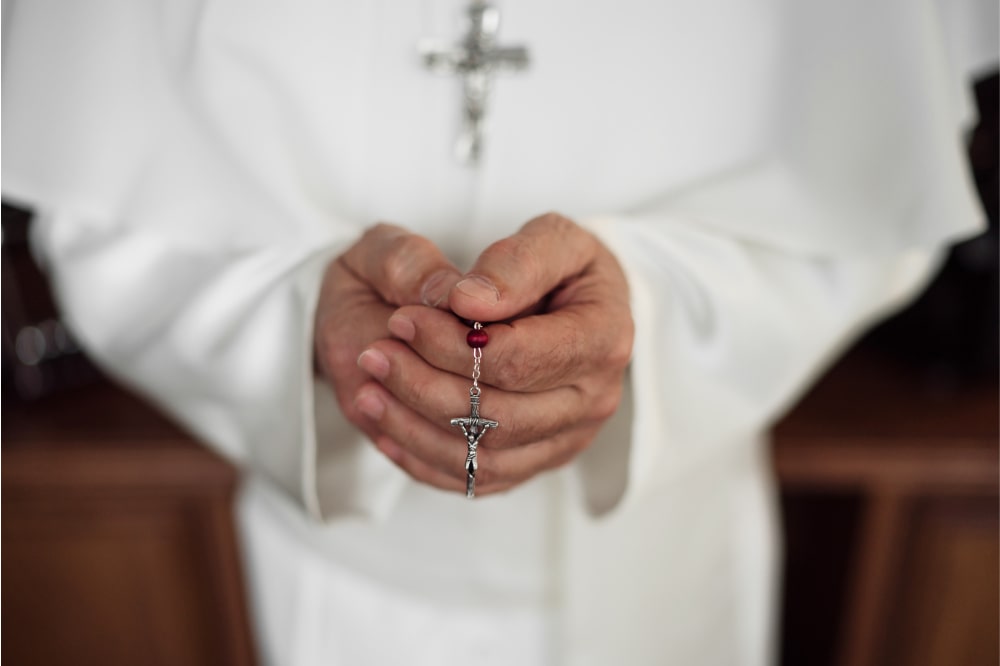Everything you know (or think you know) about the Holidays. 5 false myths about Christmas to debunk!
Contents [hide]
At Christmas, it is a tradition to entertain family and friends with board games. Tombola, Merchant at the Fair, playing cards, but also riddles and charades. In this article, we want to have fun with you too, given the Feast of All Holidays, and propose 5 false myths about Christmas to dispel once and for all. Jokes aside, we wanted to collect some curious information about some characters and traditions typical of Christmas, on which inaccurate information circulates that has now been elevated to truth by most people. Let’s have fun unmasking them together!

Is the Christmas star poisonous?
The first victim of the Christmas’ plot ‘is the Christmas Star, the beautiful Euphorbia pulcherrima (its very name, pulcherrima, means beautiful), the ornamental plant par excellence of the holidays, with its large red leaves similar to bright flowers. We grew up hearing people call the Christmas Star poisonous, even deadly, not only for children but also for pets!
Well, it’s not.

Christmas Star indeed leaves and bracts contain poisonous latex, which can cause allergic reactions in dogs, cats, and small mammals that come in contact with it, but the toxicity of the plant is minimal. There have been no cases of death or even serious effects caused by the Christmas Star on small animals and even fewer humans who have eaten its leaves.
It seems that this urban Christmas legend was born in 1919, from the case of a Hawaiian child who died after eating a leaf of this ornamental plant, but no scientific evidence has ever been produced about it.
Mistletoe, on the other hand, can pose a greater risk to pets, because its berries are really poisonous, so be careful, hang it up!
Was Santa invented by Coca-Cola?
Another commonplace now recognised as true is Santa Claus. Yes, the good-natured man with the thick white beard who brings gifts to good children around the world with his reindeer sledge would have been according to the legend enshrined in the iconography we all know from Coca-Cola, the historic manufacturer of the famous drink of the same name. In particular, it would have been the 1931 advertising campaign created by Haddon “Sunny” Sundblom, illustrator, painter and above all American advertising genius, to affirm the depiction of Santa Claus dressed in red and white.
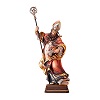
It is true that Coca-Cola soon took advantage of the figure of Santa Claus, or rather Santa Claus, for its advertisements, initially inspired by the cartoons of Thomas Nast, an American illustrator, who at the end of the 1800s had already created illustrations for Harper’s Weekly magazine depicting Santa Claus very similar to how we know him today.
But first, we must remember that Santa Claus derives from ancient legends and folk traditions all European, on the one hand, linked to the myth of Odin, a Germanic god who brought gifts to children, and on the other St. Nicholas, a great man and a Christian bishop very devoted to his people, who lived in the third century AD. Saint Nicholas loved children very much, to the point of having performed many miracles to save them and preserve their innocence. For this reason, over time, his cult came to mix with pagan legends and traditions, to give life to the gentle and venerable old man who brought gifts to children flying through the winter sky.

Europeans, and in particular the Dutch, then exported to the New World the legends about Sinterklaas, or Sint-Nicolaas, “The Good Saint”, the personification of Saint Nicholas who would later become Santa Claus.
So it was not Coca-Cola that invented Santa Claus, although certainly, the massive advertising campaigns created by the company around his figure have helped to spread the iconography as we know it today.
What are the origins of the Christmas tree?
As for the Christmas Tree, one of the symbols par excellence of Christmas, perhaps not everyone knows that it has a pagan origin. In many ancient civilisations and cultures, in fact, the tree symbolised the renewal of life, especially evergreen plants. The ancient Romans, for example, during the Saturnalia, which fell during the Winter Solstice, adorned their temples with fir branches, a symbol of eternal life and closeness to God.
Even the pre-Christian peoples of northern Europe believed that hanging wreaths of evergreen and holly at the doors of their homes, always during the Winter Solstice, kept out evil spirits.
The Celts celebrated the Winter Solstice with decorations made with evergreen branches, which symbolised the struggle and resistance against the pitfalls of the cold season.

With the advent and spread of Christianity, the symbolism of the tree was transformed, while maintaining some characteristics of the pagan tradition. The first Christmas trees, in medieval times, were erected in the churchyard or the town square, and decorated with paper flowers, fresh and dried fruit, especially red apples, and, later, deconsecrated hosts, sweets, fabric ribbons, small trinkets, all symbols of abundance. It was a symbolic way to evoke the trees of the Garden of Eden and in particular that of life and that knowledge of good and evil, which grew right in the centre of the Earthly Paradise. Later, the custom of decorating the trees with candles at Christmas, to celebrate the coming of Christ the Saviour who defeats the darkness of sin, became widespread.

Who is the Befana?
Like Santa Claus and the Christmas Tree, the Befana also has pagan origins, but she is not a witch, as is told around!
In many pagan propitiatory rites already widespread many centuries before the birth of Jesus, the figure of an old woman was used to symbolise the alternation of the seasons. The old woman, usually depicted by a straw puppet dressed in worn rags, was burned to end a one-time cycle and open another, more propitious and rich in abundance. Precisely from this idea of passage, change, and end of the old year to begin the new, would also come the symbol of the broom, associated with the Befana still today.
For the Germanic peoples the Goddess Frigg, Great Mother creator of all, flew over the fields and houses bringing abundance and prosperity for the new crops. The Goddess was also the patroness of weaving, and from here the traditional stocking associated with Befana could be derived.
In ancient Rome, it was the goddess Diana, who flew over the fields giving them fertility, had absorbed both the figure of Frigg and that of the old woman.

Christmas tree, the colours that never fade and the news
We have put together ideas to help you choose the combinations and colours, from the most classic to the most original…
Christians then recovered these ancient beliefs, associating the figure of the Befana with the Epiphany, or the arrival of the Magi in Bethlehem to worship the Child Jesus. To her, imagined as an old woman, the Magi would ask how to reach the hut of Jesus. Invited to join them, at first, she refused, but then she set out and, unable to find the Nativity hut alone, decided to donate the gifts she had brought for the Saviour to the children along the way.
It was above all Epiphanius of Salamis, a beatified Greek bishop writer and father of the Church, who freed the poor Befana from her sad reputation as a witch, which was widespread in the early Middle Ages. Epiphanius was one of the ‘creators’ of Epiphany theology, understood as the baptism of Jesus. The name Befana derives from the term Epiphany. Perhaps making the Befana old and ragged rather than beautiful and young like Frigg or Diana was a way to detach herself from pagan cults and make her figure more assimilable to Christians.

Who were the Wise Men and their names
We all know the Three Wise Men as the three men who faced a long journey…
Did the Comet Star guide the Magi?
To round off our roundup of five false myths about Christmas, we want to debunk that comet star that would have shown the shepherds, but above all the three Magi, the way to the cave of the Nativity. In every Nativity scene that respects itself, the star is inevitably positioned at the highest point, precisely to evoke this episode mentioned in the Gospels.

But from the scientific point of view, no comet is attested that could have crossed the skies at that precise historical moment. Scholars who have delved into the phenomenon speak rather of a planetary conjunction, perhaps even of three planets that would have generated a luminous effect such as to deceive the three Magi coming from the East. Who, by the way, were experts in astronomy, being Zoroastrian priests, and as such skilled in reading the signs of the sky much more than ordinary men and women. Finally, there is the possibility, but it is very remote, that the one seen by the Magi was Halley’s comet, as imagined by Giotto in his frescoes in the Scrovegni Chapel. But not even in this case can we speak of a star that led the Magi or anyone on the night of Bethlehem.



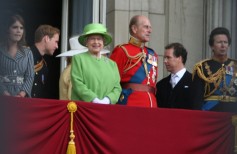
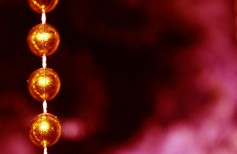
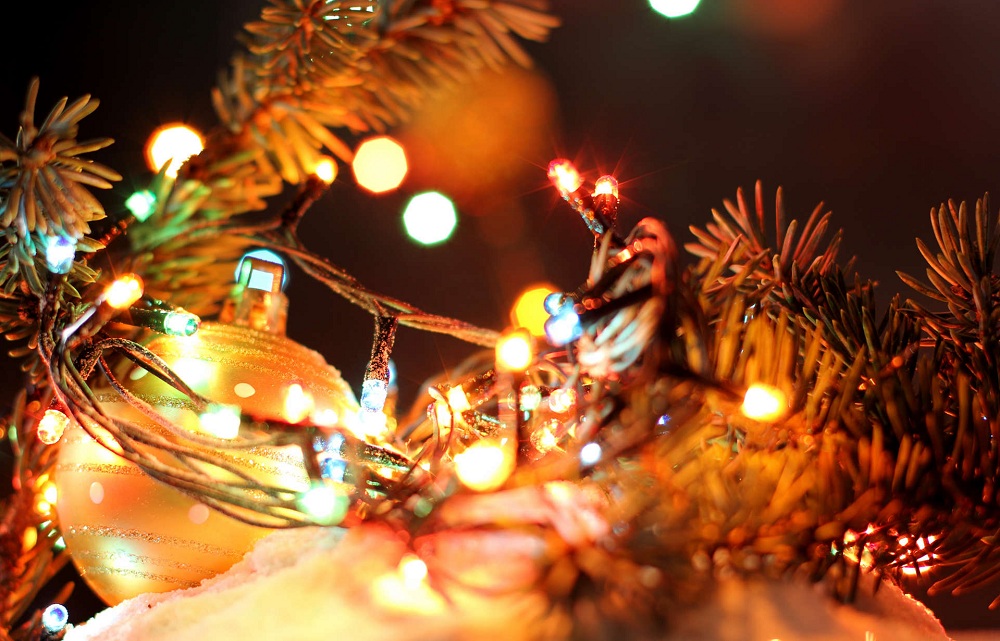

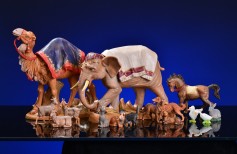
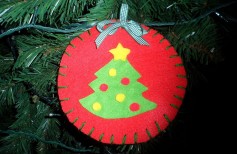
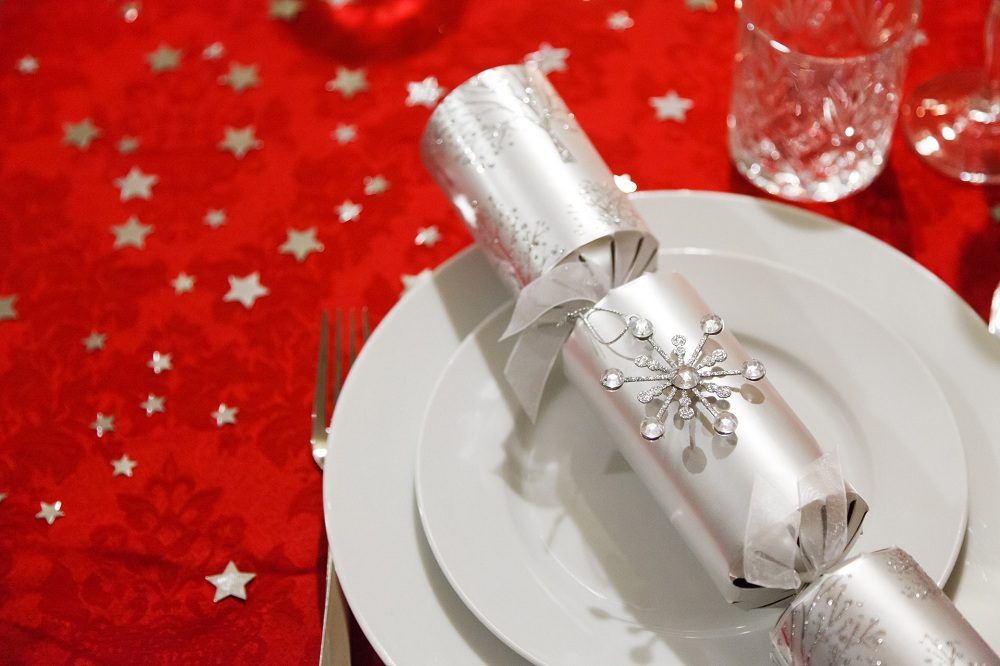

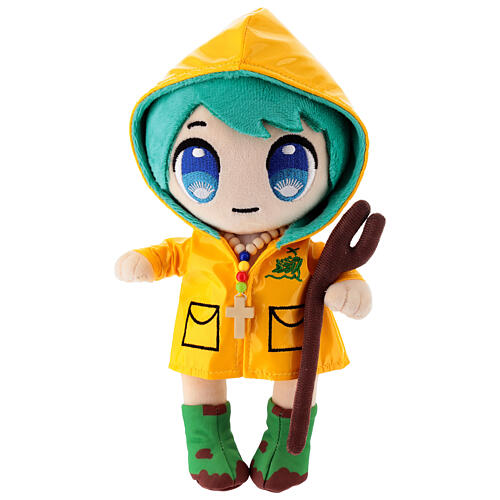







 19 March 2025
19 March 2025
